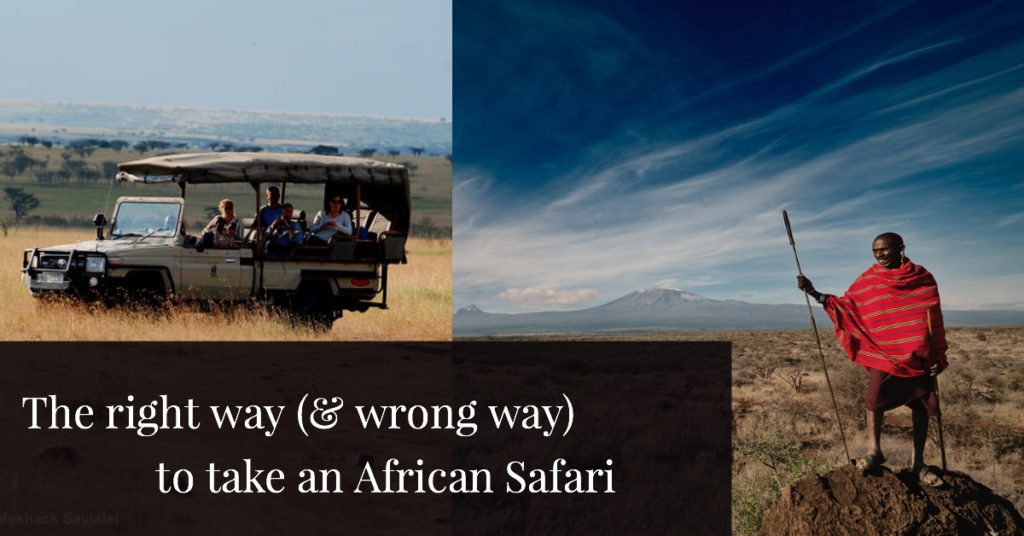
If you’re new to planning an African safari, you have a lot of decisions to make before your trip. And, if you make the wrong choices—well, it’s a surefire way to sabotage your safari experience.
Because a safari is a once-in-a-lifetime adventure for most, it’s important to get it right. Here are some helpful tips on the right and wrong ways to safari in Africa:
Right Way: Choose your destination country carefully.
Wrong Way: Look for too-good-to-be-true deals anywhere in Africa.

“Fig” a resident leopard of Olare Motorogi Conservancy. Photo: Dr Mohanjeet Brar
Consider: You’ve been looking forward to your safari since you were a child, most likely. You’ve finally decided to take the adventure of a lifetime—but then you don’t do your research and are tempted by what seems to be the cheapest option.
Now, you’ve flown more hours than you thought possible, struggled to communicate with the locals, and have yet to see your favorite animals because you didn’t realize they weren’t usually seen in this part of Africa. Sure, you saved a little money, but now you’re wondering if the trip was worth it after all.
With a little research and planning, you can avoid that disappointment. Choose your safari destinations with major airports in mind that allow for easy in and out access. Nairobi, Kenya, has an international airport serving most of the world’s leading airlines and so offers easy access from most parts of the world with some of the most competitive airfares. English is taught in all the schools in Kenya and is widely spoken. So you can communicate easily with the Kenyans working in tourism who speak English and are happy to help with whatever you need. Nairobi National Park is so close to the airport that you can be seeing your first wildlife just 30 minutes after you leave the airport.
Kenya’s diverse conservancies and parks give you the opportunity to see all your favourite wildlife, including The Big Five, as well as other favorites like the zebra, giraffe, and cheetah are waiting to meet you in Kenya
Right Way: Choose an exclusive wildlife conservancy with small eco-camps to stay in for optimal animal viewing and to support local communities.
Wrong Way: Battle crowds and tour buses to catch a glimpse of the animals from large mass-market tourist lodges.
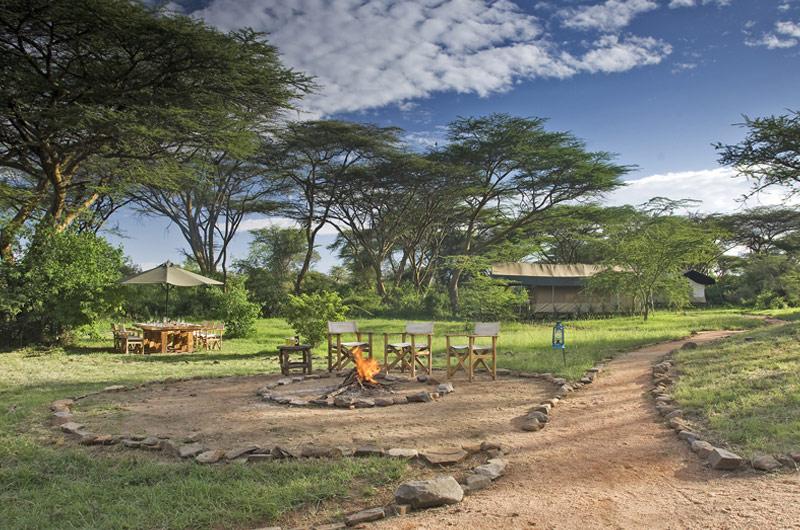
Porini Mara Camp in Ol Kinyei Conservancy
Conservancies are so much more than just a piece of land where the animals happen to live. They help both the wildlife and local communities to flourish—money earned from safaris goes back into the conservancy and the family members of the local communities who run them—and that protects the animals and provides jobs for many.
There are perks for you, too, when you stay at an eco-camp. Each day, you wake up amidst the wildlife and nature you came to see. The bush is right outside your door, just waiting to be explored. You’ll love your first bushwalk and learning all about the Maasai way of life.
Want to see lots of animals? Due to their abundant ecosystem and protection, conservancies have greater amounts of wildlife for you to see. Not only do you get to view these beautiful beasts roaming across the plains, but you ensure their future by supporting conservancies.
Right Way: Stay for longer at fewer places to fully experience what each location has to offer.
Wrong Way: Try and cram in as many different parks and stay in as many tourist lodges as you can.
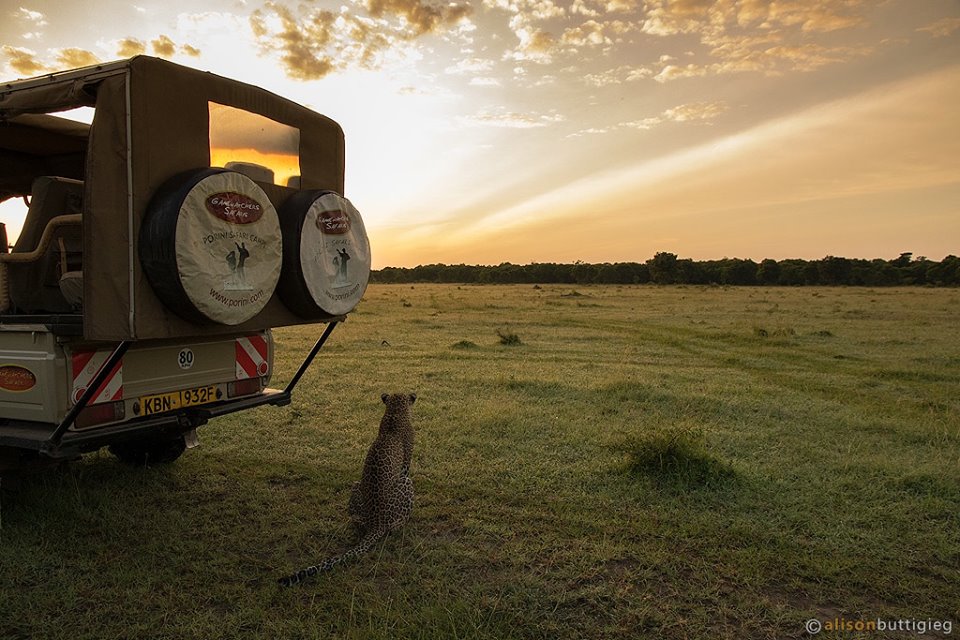
Leopard in Olare Motorogi by Porini Lion Camp guest Alison Buttigieg
If you have more than just a couple of days available to spend on a short African safari then it’s great to stay in different places to get variation in the eco-camps you stay at and the wildlife you see, especially when you’re travelling all the way to Africa. We recommend staying at more than one conservancy, as each different landscape you stay in provides a unique habitat for the wildlife, giving you a diverse animal-viewing experience. However most camps are worth staying at for at least 3 nights to get the best experience from your visit so we always recommend staying longer at a few selected places.
Make sure you allow enough time at each location and go on several game drives from each camp to really immerse yourself the area and its wildlife. It may be tempting to try to cram in lots of different parks staying just one or two nights in each place, but this will mean you spend too much time travelling between the parks and do not have the chance to enjoy the wildlife areas on game drives from the camp or lodge.
Right Way: Take flights between parks and camps.
Wrong Way: Spend 6-8-10 hours of your precious safari time driving on busy highways to travel between the parks.
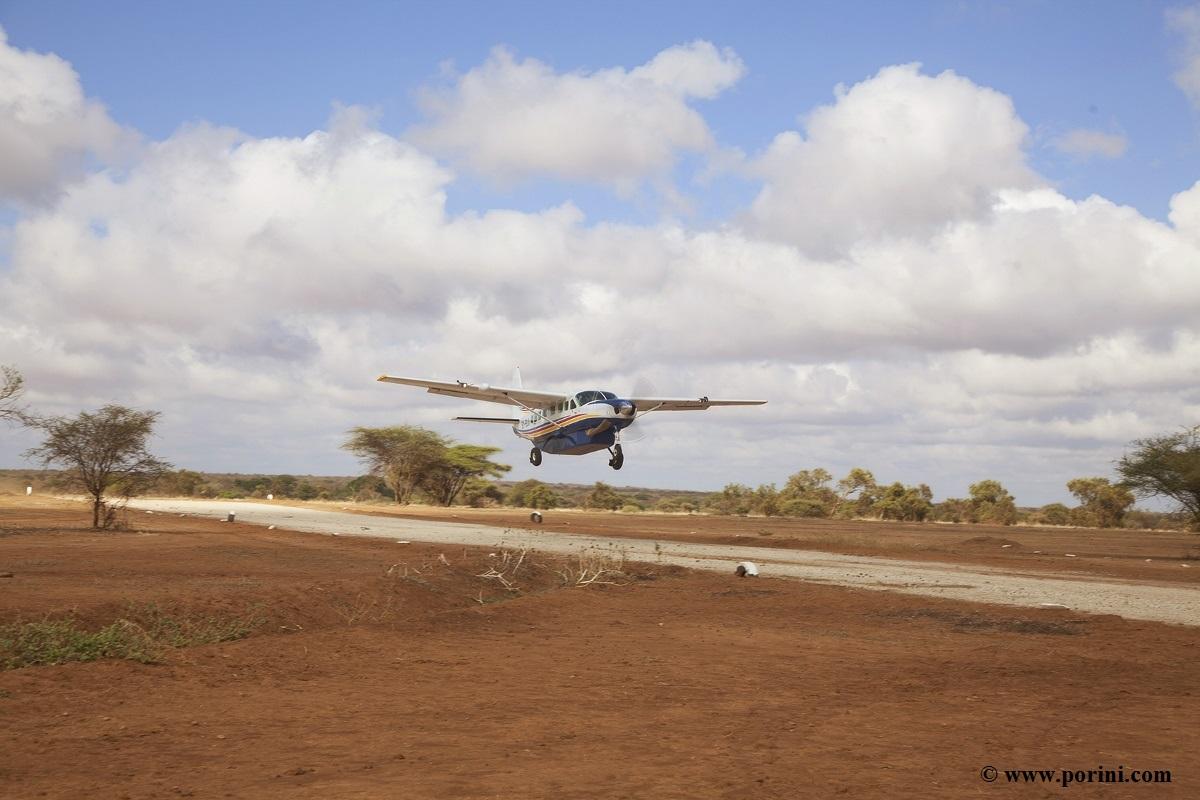
Daily flights operate between most camps and Nairobi’s Wilson Airport
Traveling between camps is easy-as-pie when flying through the sky! Flying from one camp to another reduces travel time exponentially, leaving more time to enjoy the African plains. There are plenty of scheduled flights available so you don’t have to book an expensive private charter. And in fact, if you’re traveling independently on your own or as a couple, then the cost of flying is often less than a private vehicle.
And traveling by vehicle really isn’t the recommended way to get from camp to camp anyway—for more reasons than just price. First, minibuses tend to cram six complete strangers into tight spaces for hours at a time. Not exactly an ideal road-trip situation. Also, road safaris often have the same driver-guide hosting the entire journey, and they won’t know the details of the landscape, habitats, individual animals (and their hiding locations!) within each area. Your best-case-scenario is flying to camps that use custom-built, off-road 4×4 safari vehicles (open-sided for the best photo opportunities!), hosted by guides with local knowledge for the greatest experience.
Finally, the whole reason you are in Africa is to take in the wondrous wildlife and lush landscape. The tourist vehicles are restricted to a maximum speed limit of just 50mph on the public highways so journey times are longer than you might expect. Why would you want to spend hours upon hours looking at a road? Don’t waste your time and money!
Right Way: Choose African safari accommodations that give you the most authentic interactions with wildlife and local people.
Wrong Way: Book a large chain hotel in one of the parks and watch animals from a shared minibus amid crowds of other tourist vans.
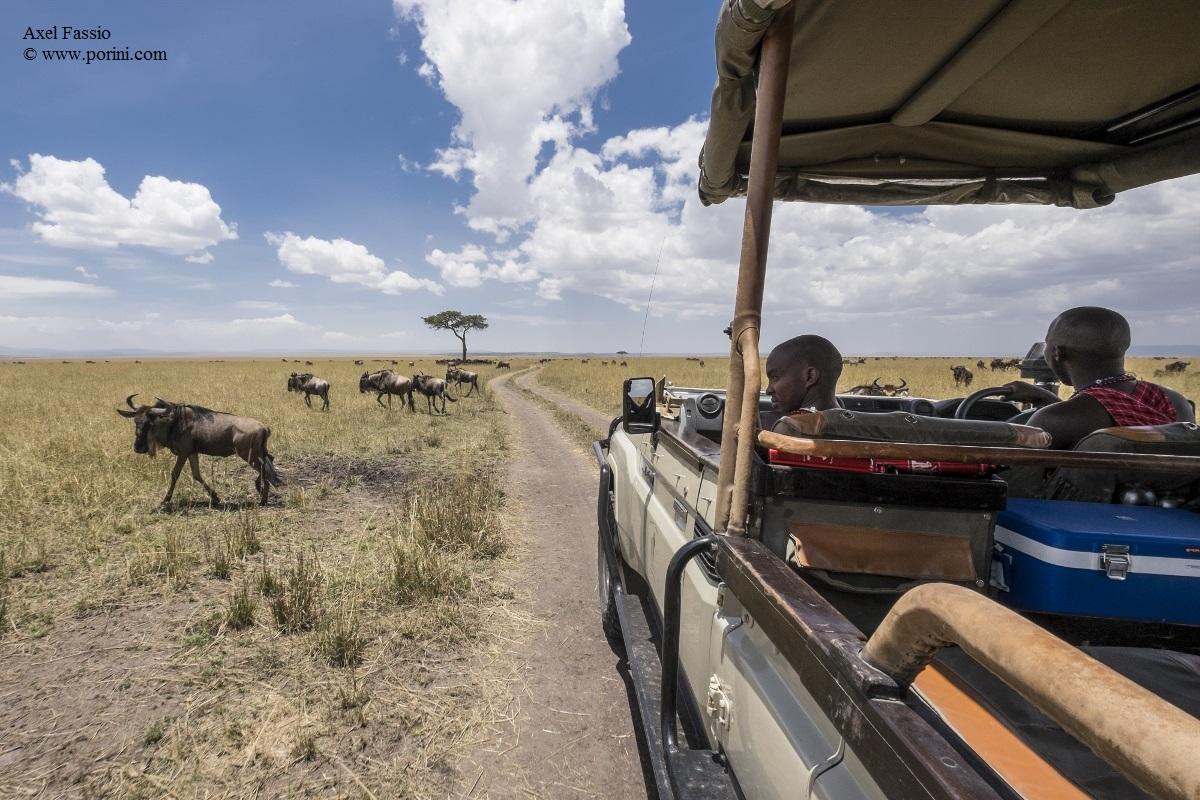
Game drives from Porini Safari Camps are in private wildlife conservancies in open 4×4 vehicles with Maasai driver-guides
Wouldn’t it be wonderful to wake to the sound of birdsong as opposed to a hotel alarm clock? Eco-camps transform tourists into adventurers by allowing them to stay in the heart of the African savannah. But staying in the bush doesn’t mean losing the comforts of a hotel. The upscale tents have comfortable beds and ensuite bathrooms, complete with hot-water showers and flush toilets.
The smaller eco-camps also only host 12 to 24 people in total at a time, providing a much more intimate safari experience. Why would you want to travel thousands of miles, only to stay in just another large, impersonal hotel, jostling your way to the “international buffet” after your drive around the nearest park with the throngs of other minibuses? That’s the type of safari you can expect at some of the large mass-market lodges. The eco-camps in the conservancies offer a completely different experience including night game drives, giving you a glimpse of the nocturnal animals you’d never see during the restricted game-viewing hours at the national parks.
Right way: Take advantage of affordable flights in Low Season (Kenya is a great year-round destination) to see the Big Five.
Wrong Way: Restrict yourself to a safari during Peak Season with hopes of seeing the wildebeest cross a river.

Lions in Olare Motorogi Conservancy by Porini Lion Camp regular guest Joseph Lam
No matter when you visit Kenya, you are going to have the thrill of a lifetime. From seeing animals at sunset, with the mighty Kilimanjaro in the background to floating high above the savannah in a hot air balloon, you are sure to have a memorable experience.
People often pay a premium to travel for the Great Migration (July to September) expecting to see the iconic scenes of thousands of wildebeest crossing the Mara River, but wildlife simply isn’t that predictable. Wildlife film-makers capture those scenes by parking up on the river-bank for days on end, waiting for a crossing! And this is the time when the parks are at their busiest with many tourist vehicles crowding around the most popular spots.
The big cats, elephants, giraffes and all the other species for which East Africa is famous can be seen all year round, not just in the peaks season months. So why not plan to travel during the cheaper months—January to April, June and November still have great animal viewing but will bring considerable discounts on your accommodation and also on your international flights!
Make sure to check out Ol Pejeta Conservancy if you’re interested in the Big Five as it’s one place where all five can be found in the same place, year round. Or, if you’re interested in more exotic creatures, there are plenty of other unusual animals to be found no matter when you visit!
Right Way: Pack the right safari clothing and gear, but don’t overdo it.
Wrong Way: Bring everything but the kitchen sink (unless, of course, you can’t leave home without it).

It’s not every day you go on safari in Africa, so it’s understandable if you aren’t entirely sure how much to pack. The key: Pack light. On safari, you won’t need any fancy outfits or obscure gear that take up coveted luggage space. In fact, you’ll mostly need just basic t-shirts and shorts plus something warm for chilly mornings and evenings and jeans or slacks for when the sun goes down (see a full packing list here).
Space in your suitcase isn’t the only thing to worry about if you’re wondering if you really need that second pair of hiking boots (just in case!) or snazzy evening attire. There are weight restrictions of 15kg per person on luggage for the light aircraft in which you’ll be flying in Kenya. Don’t be that person at the check-in counter trying to get rid of half your belongings to meet weight limits.
If you are travelling with surplus luggage (e.g. you are off to the beach after your safari) then excess luggage can be left in secure lockers at Nairobi Airport or our Gamewatchers Safaris can take it to be stored at our Nairobi head office. As with all things, preparation pays off in the end.
A little research ahead of time will save you in the long run! Which leads us to…
Right Way: Prepare for your African safari holiday with the right books and reference guides so you know what to expect and can really enjoy your adventure.
Wrong Way: Show up with no clue and hope someone will tell you what to do.

You really will get the most bang for your buck if you have a general idea of what to expect going in to your safari. Don’t trust that whole “winging it” philosophy on your once-in-a-lifetime adventure. There are plenty of books and information that can help prepare you for safari-life prior to your trip.
Another tip: Make sure you’re ready for the photographic experience of your wildlife adventure. Even the most novice photographer will want to make sure to bring along a camera to capture the exciting creatures and fabulous landscapes. And certainly don’t forget your binoculars!!
Right Way: Book with an eco-friendly safari company that minimises its environmental footprint.
Wrong Way: Go with a big tour company that cares more about increasing its profits than wildlife and Africa’s fragile ecosystem.
Unfortunately, a lot of wildlife in Kenya is still threatened. Many organizations do care about preserving the ecosystem, but there are plenty of tour operators and hotels that only care about making money. They don’t understand the importance of responsible tourism.
One special reason to stay at an eco-camp: You are actually helping the environment. The camps are designed to be sustainable and have a very low impact on the environment. And our conservancies even have positive benefits for the surrounding Maasai communities. Eco-camps provide jobs for the local communities and also educate visitors on the importance of protecting the ecosystem and its wildlife. It’s truly a win-win for all involved when you choose a conservancy camp.
The Right Way to Get Started…
If you are ready to take advantage of these helpful tips and to make memories that will last a lifetime, we’re here to help. Click here to find out more information on how you can make your dream safari a reality.
Or, if you are still researching your options then sign up for our free 6-part How to Book A Safari email series and discover how to make the most out of your time and budget.
on Thursday 17th January 2019 at 12:14







